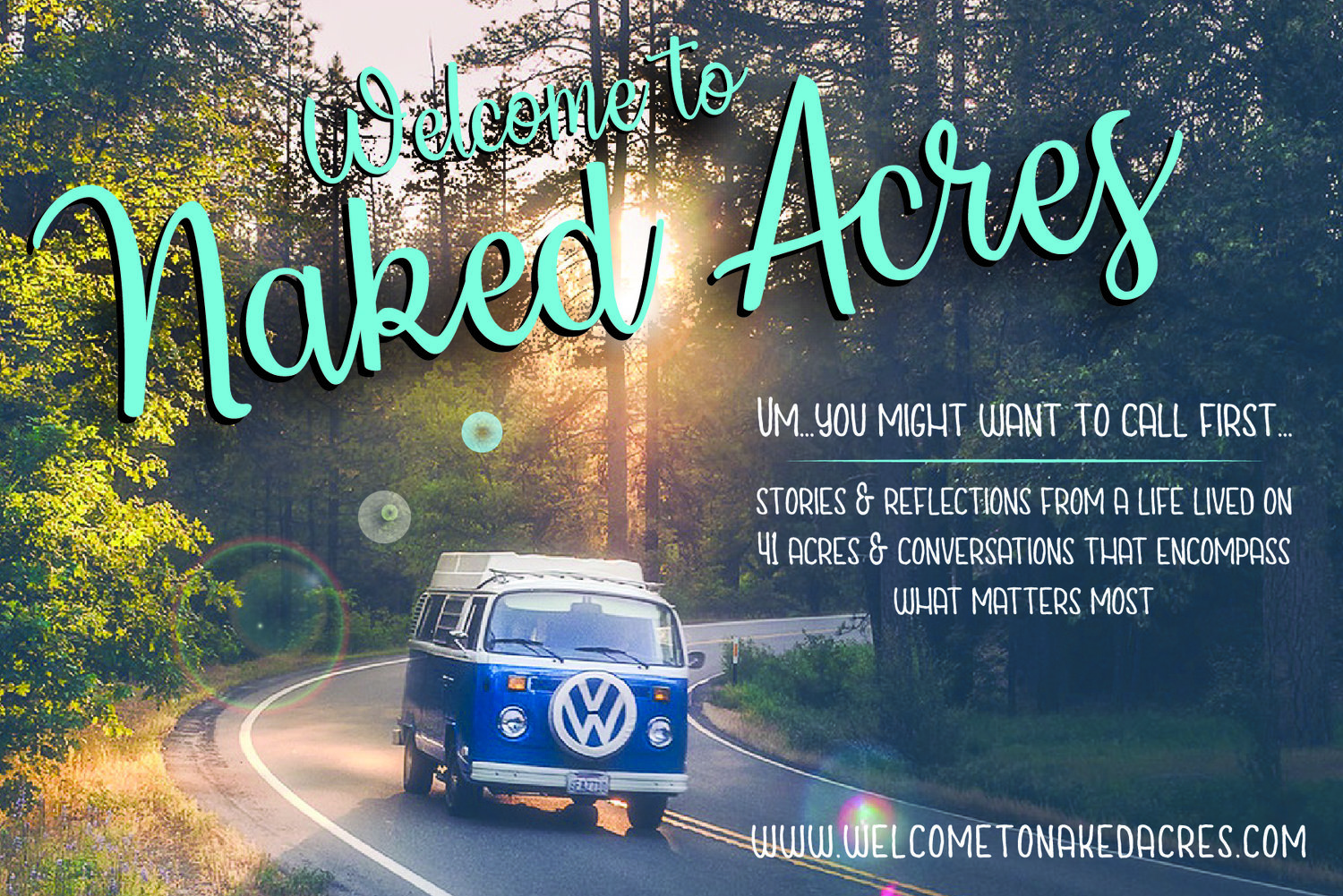Finding the Phoenix: Epilogue
In the southeast corner of the uncut field. we buried what was left of the barn.
Nails, truss joiners, leftover melted bits of canning jars (antique blue ones with the wire-top lids--ouch), anything that withstood the furnace-y heat and didn't fit in the demolition crew's dump truck is now beneath a crumbly mound of black and rust-colored clay, resting in the earth's tolerant embrace.
Also nestled in that embrace, uncomfortable and restless, is our shame. We had too much stuff. So much that we couldn’t remember it immediately when the insurance company gave us the chattels form to list it all.
We didn’t start the fire, but…we kept feeding it things, and it ate our stuff with impunity.
A local handyman business did the dirty work of clearing away what didn't burn--the metal siding, clanging in sheets as the vice grip of the loader grabbed hold and pulled. Seeing the bulky skeleton of our old riding lawn mower rocking slightly atop the other twisted debris in the dump truck, its rubber tires, gear shift knob, and vinyl-covered seat not even a memory now, I wondered what other tolerant soil would receive this latest deposit of our human consumerism. It might have been leaving the land we live on, but...it wasn't going anywhere, really, not for a long, long time.
Now, every morning, I can see the barn grave site from the bathroom window, and the contours of the path leading to it. It pricks my conscience in ways I didn't expect. All of the other paths that wind through the field and the woods are soft grass-carpeted walking paths. You could almost wander them in your bare feet if not for the blackberry vines. But the path to the buried barn detritus is rough-cut and stubbly, a mix of bare soil and knobs of bull thistle; the first time I make the trek, I tripped over the fibrous stalk of a mangled iron weed plant, and landed humbly on my knees. Huh. Isn’t that interesting.
At the end of that first long walk down the new path, the mound of clay looks tired and spent. I find a mostly flat clump of dirt to sit on, and look to the north. The young goldenrod waves gently back and forth, and I can’t see where the barn used to be. It’s just me and the rest of what we used to own and didn’t use much. The morning after the fire, I went on a purge binge. I sorted with extreme prejudice, packed the truck with bags of it all until no more bags would fit, and our local Goodwill patiently priced the things I brought them. It felt like progress, albeit akin to tossing bricks into the Grand Canyon. We still have three other outbuildings full of old wood, garden tools, and enough supplies to host “make-and-take” craft retreats well into the Spring.
Because he likes a project that works the deepest part of his critical thinking skills, Patrick spent the days and weeks after the fire pouring himself into plans for the rebuild. He sketched out the new barn’s footprint, obtained estimates on lumber, labor, and electrical wiring costs, imagined a new space to ply his wood-turning craft, and made sure there would be ample room for the lawnmower (yes, we owned two) that we store in the old old goat barn, thank goodness, and a brooder for future chicks. He was so excited about the possibility of new space, more space. Every day after work, he’d greet me with a revised draft of his blueprints, a slight tweak to the layout, his eyes bright with new barn expectations.
Then demolition day came. Patrick saw it all come down, get loaded up, and hauled away. It took three trips across our little bridge, until only the two trees remained. And he saw the kind, thoughtful handyman pull the dying trees out by their roots. The willow gave up easily. But the sycamore held fast, determined not to leave the only soil she’d ever known. It was a poignant tug-of-war and we knew who would eventually win, but not without her pulling the 4,000-lb backhoe loader’s rear wheels off the ground. Patrick would later tell me it was hard to watch.
We were building the new chick brooder behind the house one sunny evening after work, and he said “Now don’t kill me, but I’ve had a new thought on the barn rebuild”. He’d shared so many revisions with me in the past several days, this didn’t surprise me. I looked at him expectantly, as the words “you know, we don’t have to rebuild right away” came to rest in the space between us.
He was right.
We could wait. Let the land rest from her trauma. Clean out the other barns (again, with extreme prejudice) and see what remained, and decide from there just what sort of new barn or shed we really needed. Watching that sycamore reluctantly give up its ghost triggered an epiphany in Patrick, as did the long, slow procession and burial of whatever didn’t burn or melt. Hadn’t we learned our lesson? he asked. Did we really need a new barn that we’d fill with more stuff, when we already had more than we needed?
Out of the ashes came the phoenix of a gentle but clear lesson.
As only the land can teach.



